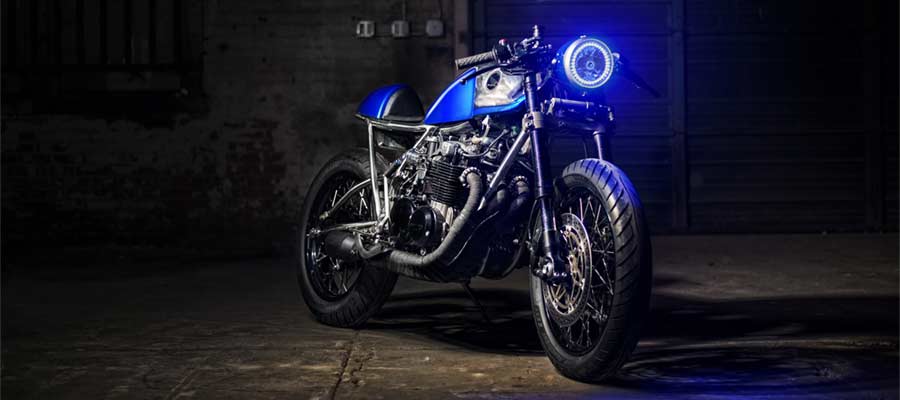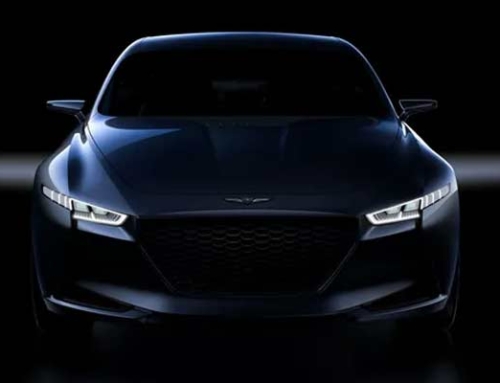
Illuminate Your Ride with the Right Choice
Introduction: Shedding Light on Motorcycle Headlights
Motorcycle headlights aren’t just extras; they’re essential for safety. They help riders see and be seen, especially at night or when the weather is terrible. With new technology, there are different kinds of headlights, each with its own good and bad points. This article’ll look at three main types: Halogen, HID (High-Intensity Discharge), and LED (Light-Emitting Diode).
Understanding Halogen Headlights
Traditional Brilliance
Halogen headlights have been the go-to choice for motorcycles and cars for a long time. They work by sending electricity through a thin wire made of tungsten inside a bulb filled with a particular gas called halogen. When electricity passes through this wire, it gets hot and gives off light, helping riders see well.
Pros of Halogen Headlights
- Affordability: Halogen headlights are the most budget-friendly option among the three. They are widely available and cost-effective to replace when needed.
- Ease of Replacement: Replacement bulbs for halogen headlights are easily found in most automotive or motorcycle stores, making maintenance hassle-free.
- Decent Performance: While less bright and efficient than HID or LED lights, halogen headlights provide sufficient illumination for night riding.
Cons of Halogen Headlights
- Limited Brightness: Halogen lights produce a warm, yellowish light that might not offer the best visibility, especially in challenging conditions like heavy rain or fog.
- Higher Energy Consumption: Compared to HID and LED lights, halogen headlights consume more energy, which could strain the motorcycle’s electrical system.
- Shorter Lifespan: Halogen bulbs have a shorter lifespan than HID and LED lights, requiring more frequent replacements.
Delving into HID Headlights
Harnessing Intense Illumination
HID headlights, also called Xenon headlights, make light by creating an electric spark between two parts inside a tube. This tube is filled with a particular gas called xenon and some metal stuff. When the electricity goes through the gas, it makes a bright light.
Pros of HID Headlights
- Superior Brightness: HID headlights produce significantly brighter light than halogen bulbs, offering enhanced visibility and improved safety, particularly on poorly lit roads.
- Longer Lifespan: HID bulbs generally last much longer than halogen bulbs, reducing the frequency of replacements and long-term maintenance costs.
- Energy Efficiency: Despite their brightness, HID headlights consume less power than halogen bulbs, putting less strain on the motorcycle’s electrical system.
Cons of HID Headlights
- Initial Cost: HID headlights typically have a higher initial investment than halogen bulbs. While they save money in the long run due to their longer lifespan, the upfront cost might deter some riders.
- Warm-Up Time: HID headlights require a brief warm-up period to reach their full brightness, which could be a minor inconvenience for some riders.
- Glare Potential: Improperly installed or aimed HID headlights can cause glare for oncoming drivers, posing a safety hazard.
Embracing LED Headlights
Efficiency and Innovation
LED headlights are the newest thing in motorcycle lights. They send electricity through a unique material called a semiconductor, which makes light. LEDs are great because they use energy well, last a long time, and can be used in many different lighting ways.
Pros of LED Headlights:
- Exceptional Brightness: LED headlights are bright and clear, even better than halogen and HID bulbs. They give off an obvious, white light that’s a lot like natural daylight. This makes it easier to see and reduces how tired your eyes get.
- Longest Lifespan: LED headlights last the longest of all three options, often lasting tens of thousands of hours of use. This means you won’t have to spend much money or time replacing them during your motorcycle’s lifespan.
- Instant Illumination: Unlike HID headlights, LED lights turn on immediately without needing any time to warm up. This means you get instant visibility as soon as you turn them on.
Cons of LED Headlights:
- Higher Initial Cost: LED headlights usually cost more to buy at first compared to halogen and HID bulbs. But in the long run, the advantages they bring are generally worth the extra money you spend upfront.
- Compatibility Issues: Some older motorcycle models might need changes or extra parts to fit LED headlights correctly.
- Complex Installation: Installing LED headlights could be trickier than changing halogen or HID bulbs. It might require someone who knows a lot about bikes or even a professional to do the job right.
Conclusion: Choosing the Right Light for Your Ride
When it comes to motorcycle headlights, each type – Halogen, HID, and LED – has its pros and cons. Halogen lights are affordable and easy to find, suitable for riders who need essential lighting. HID lights are brighter and last longer, though they cost more. LED lights are the best in terms of brightness, efficiency, and how long they last, but they’re pricier upfront. They’re great for riders who want perfect lighting and don’t want to spend much on maintenance. Ultimately, the right motorcycle headlight for you depends on how much money you want to spend, where and when you ride, and what you like best. Whether you go for the classic brightness of halogen, the intense light of HID, or the modern efficiency of LED, ensuring it’s installed and taken care of well is essential for staying safe and enjoying your rides. So, choose your light wisely and hit the road knowing you’ve got the perfect guide for your adventures.
FAQs
- Are LED headlights worth the investment for my motorcycle?
LED headlights offer exceptional brightness, efficiency, and longevity, making them a worthwhile investment for riders seeking top-notch illumination and minimal maintenance.
- How do I know if my motorcycle is compatible with LED headlights?
Some older motorcycle models may require modifications or additional components to accommodate LED headlights adequately. You can consult with a professional for compatibility and installation guidance.
- Do HID headlights cause glare for other drivers?
Improperly installed or aimed HID headlights can cause glare for oncoming drivers, posing a safety hazard. Could you ensure proper installation and alignment are done to minimize glare and maximize safety?
- What are the advantages of halogen headlights?
Halogen headlights are budget-friendly, readily available, and easy to replace. While less bright and efficient than HID or LED lights, they provide sufficient illumination for night riding.
- How long do HID bulbs typically last?
HID bulbs generally last much longer than halogen bulbs, reducing the frequency of replacements and long-term maintenance costs. Expect HID bulbs to last tens of thousands of hours of operation.





